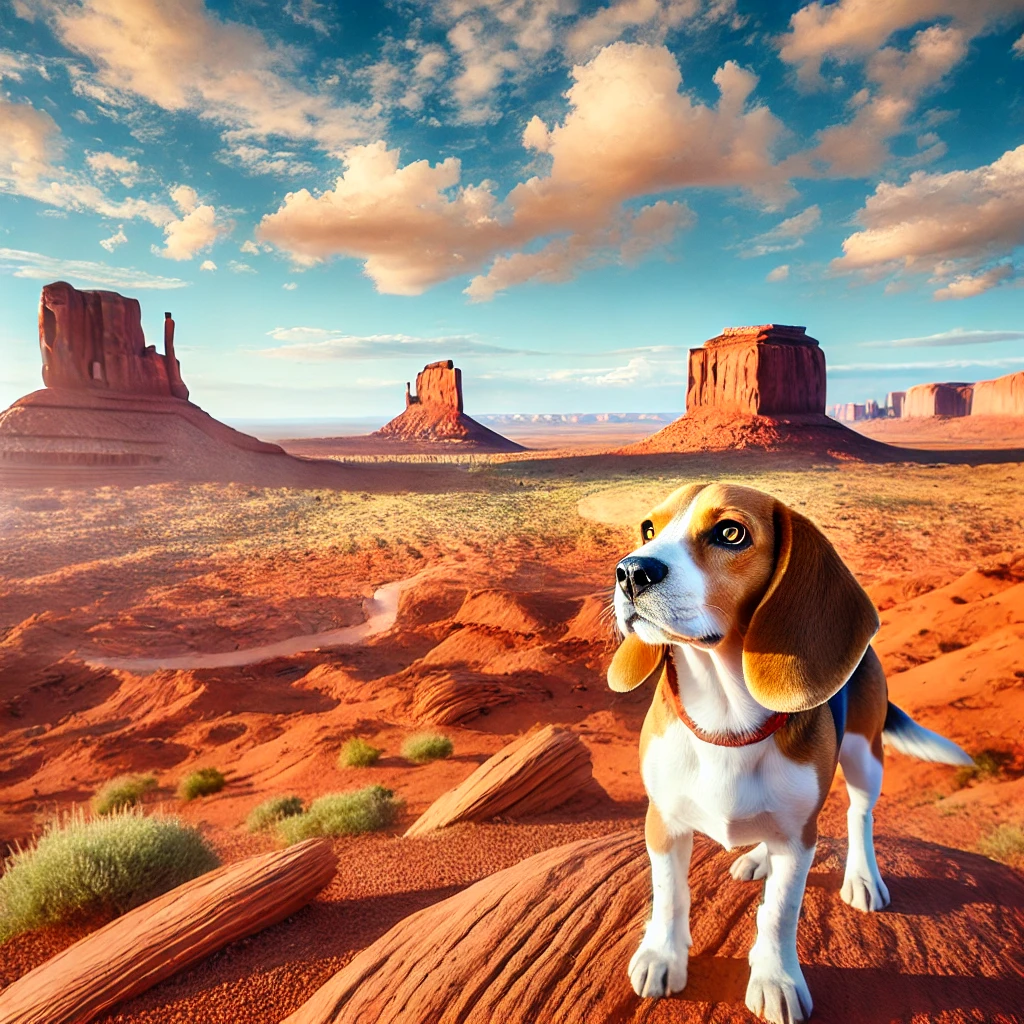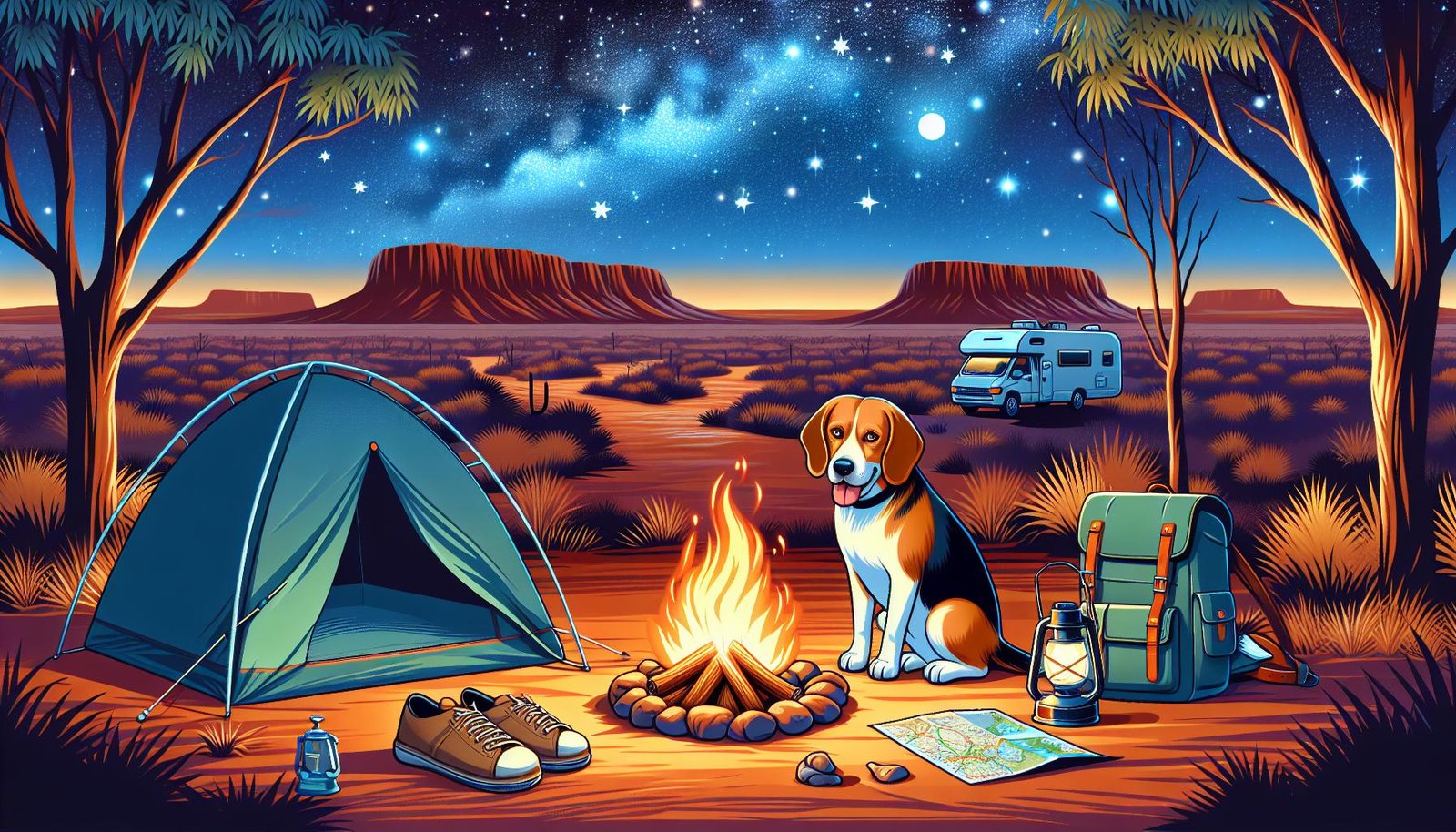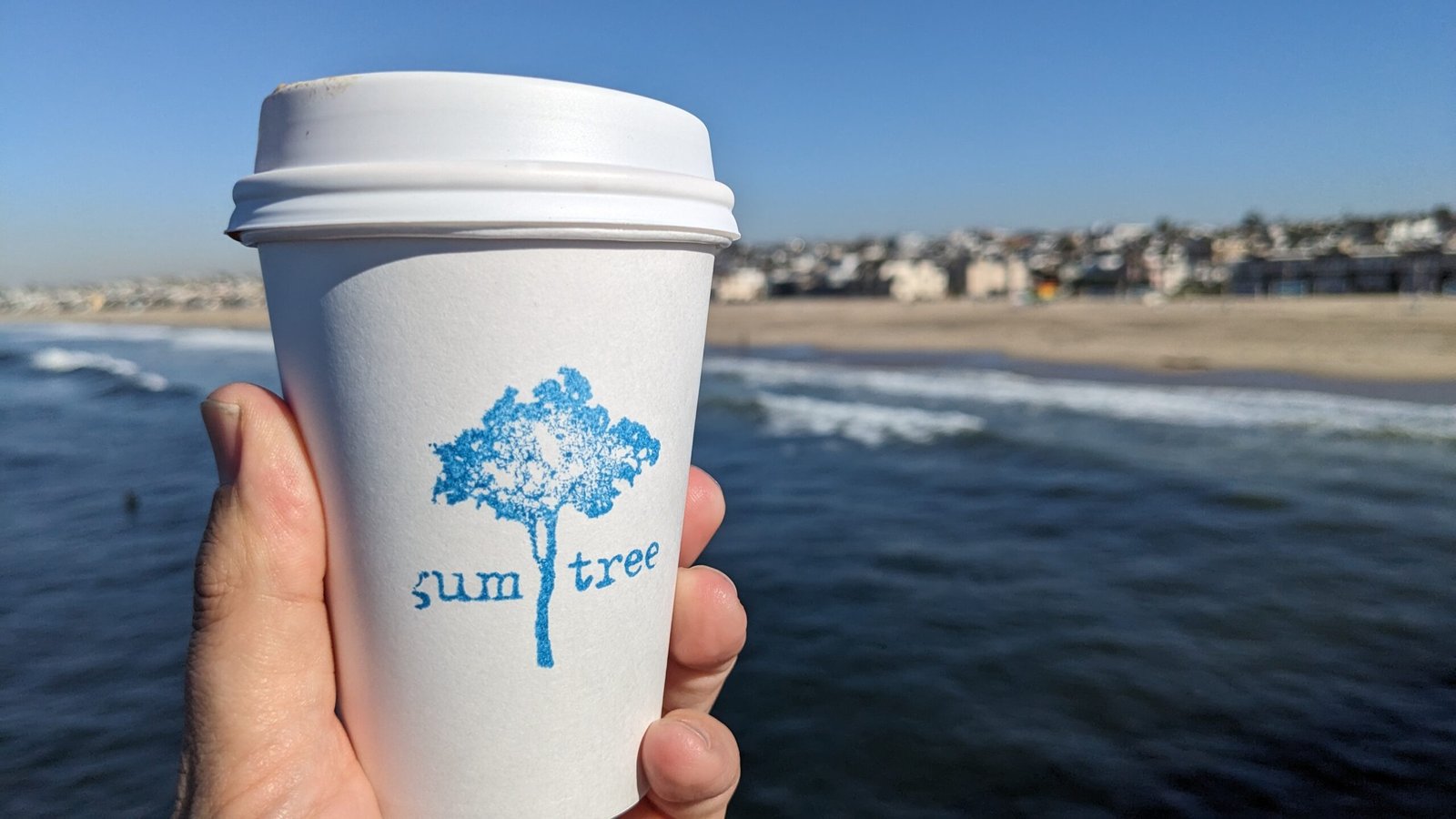Monument Valley, one of the most recognizable landscapes in the world, straddles the Arizona-Utah border. Its iconic red sandstone buttes, mesas, and spires have drawn visitors for centuries, providing a striking backdrop for everything from Native American history to blockbuster films. This extraordinary region is not only a natural wonder but also a place of cultural importance, especially to the Navajo Nation, which administers much of the area as part of the Monument Valley Navajo Tribal Park.
In this blog post, we’ll explore the geological, cultural, and environmental significance of Monument Valley, providing you with fascinating facts, statistics, travel tips, and essential information on the region’s weather and local communities. Plus, we’ll include handy Google Maps location links to help plan your visit to this magnificent desert destination.
Overview of Monument Valley
Monument Valley’s distinct rock formations make it one of the most photographed places in the world. Formed over millions of years by erosion, the valley’s iconic buttes and mesas rise as high as 1,000 feet (300 meters) above the desert floor, their red hues glowing against the often clear blue sky. These unique geological formations are composed of Navajo sandstone, which gets its rich color from iron oxide.
- Coordinates: 36.998979, -110.098247
- Elevation: 5,564 feet (1,696 meters)
- Monument Valley Navajo Tribal Park: Google Maps Location
Monument Valley spans approximately 91,696 acres (37,118 hectares), and though much of it is located on the Navajo Reservation, it also forms part of the larger Colorado Plateau. The valley has become an emblem of the American West, having been featured in numerous films, commercials, and even fashion shoots.
Weather and Rainfall in Monument Valley
Monument Valley’s climate is typical of a high desert, with long, hot summers and cold winters. The arid climate results in low levels of precipitation, making it one of the driest regions in the United States.
- Average Annual Rainfall: Approximately 5–7 inches (127–178 mm) per year.
- Average Summer Temperature: Daytime highs of 90°F to 100°F (32°C to 38°C), with cooler nights.
- Average Winter Temperature: Daytime highs of 40°F to 50°F (4°C to 10°C), but nights can drop below freezing.
The best time to visit Monument Valley is in the spring (April-May) or fall (September-October) when temperatures are mild and the skies are usually clear. Summers can be swelteringly hot, while winter brings cold temperatures and occasional snow.
For current weather conditions in the area, you can check Monument Valley’s weather on Google Maps.
Monument Valley Communities and Navajo Nation
Monument Valley is part of the Navajo Nation, the largest Native American reservation in the United States, covering over 27,000 square miles (70,000 square kilometers). The local communities in and around Monument Valley offer a glimpse into the traditional Navajo way of life.
The nearest settlement to Monument Valley is Kayenta, Arizona, a small town offering services such as lodging, dining, and basic amenities for travelers. Kayenta serves as a gateway to the valley and the larger Navajo Nation, with many visitors stopping here before heading into the park.
- Kayenta, AZ: Google Maps Location
Other nearby communities include:
- Oljato-Monument Valley, UT: A census-designated place (CDP) that lies on the Utah side of the border. It’s a sparsely populated area home to Navajo families, and visitors can gain insight into local culture and traditions.
Google Maps Location - Goulding’s Lodge: Not a town, but a historic trading post established in 1923 that has evolved into a popular lodge and museum. Goulding’s has a deep connection to the area’s film history, serving as a base for many movie productions over the years. Visitors can stay here to be close to the valley and learn about its cinematic heritage.
Google Maps Location
Geological and Environmental Facts
Monument Valley is part of the Colorado Plateau, a region known for its stunning canyons, mesas, and vast desert landscapes. The towering buttes and spires that dominate the valley were formed over millions of years by erosion. Here are some geological facts about Monument Valley:
- Buttes and Mesas: Monument Valley’s formations were created as softer rock layers eroded away, leaving the more resistant sandstone structures that rise dramatically from the desert floor.
- The Mittens: The East and West Mittens are two of the most famous formations in the valley, named for their resemblance to hand-like shapes with thumb-like spires.
Google Maps Location - Totem Pole: A slender spire reaching skyward, Totem Pole is one of the valley’s most photographed formations due to its distinctive shape.
- Rain God Mesa: A massive mesa towering above the valley floor, this formation is believed to hold spiritual significance for the Navajo people.
Monument Valley’s Role in Film and Popular Culture
Monument Valley has long been a favorite filming location, especially for Westerns. John Ford’s classic films such as Stagecoach (1939) and The Searchers (1956), starring John Wayne, were filmed here, cementing the valley’s place in movie history. Its iconic scenery has been featured in over 40 films, commercials, and television shows.
Some of the notable films and series that have used Monument Valley as a backdrop include:
- Stagecoach (1939)
Film location - The Searchers (1956)
Film location - Forrest Gump (1994) – Forrest famously ends his cross-country run at what is now known as Forrest Gump Point.
Google Maps Location - Back to the Future Part III (1990)
Film location
Beyond the world of film, Monument Valley has made appearances in commercials, music videos, and even video games, cementing its role as one of the most iconic landscapes in popular culture.
Visiting Monument Valley: Tips and Things to Do
If you’re planning to visit Monument Valley, it’s important to remember that much of the land belongs to the Navajo Nation, so be respectful of local customs and regulations. Here are some tips for a great visit:
- Monument Valley Navajo Tribal Park: The park is the best place to start exploring the valley. It offers scenic drives, hiking trails, and viewpoints like John Ford Point.
Google Maps Location - Guided Tours: To access some restricted areas of the valley, such as Mystery Valley and Hunts Mesa, you’ll need to take a guided tour. Navajo guides offer cultural insight and take visitors to hidden gems not accessible to the general public.
- Hiking: While Monument Valley isn’t known for extensive hiking trails, visitors can walk the Wildcat Trail, which circles West Mitten Butte and offers stunning views of the surrounding formations.
- Photography: The valley’s natural beauty is a paradise for photographers, with the most dramatic lighting occurring at sunrise and sunset. Be sure to capture the valley’s famous silhouettes as the sun dips below the horizon.
Travel Essentials
- Entrance Fee: $8 per person (ages 9 and above). Children under 9 can enter free of charge.
- Hours: The park is open year-round, but hours may vary depending on the season. Check the Monument Valley Navajo Tribal Park website for updated information.
- Nearest Airports: The closest major airports are in Flagstaff, Arizona (about 178 miles away) and Albuquerque, New Mexico (about 325 miles away). Visitors can also fly into smaller airports, such as Page, Arizona.
Monument Valley remains a place of awe and inspiration for anyone who visits. Its stunning landscape, deep cultural roots, and cinematic history make it a bucket-list destination for travelers, photographers, and film buffs alike. From the towering buttes to the vibrant Navajo culture, Monument Valley is a timeless symbol of the American West.




